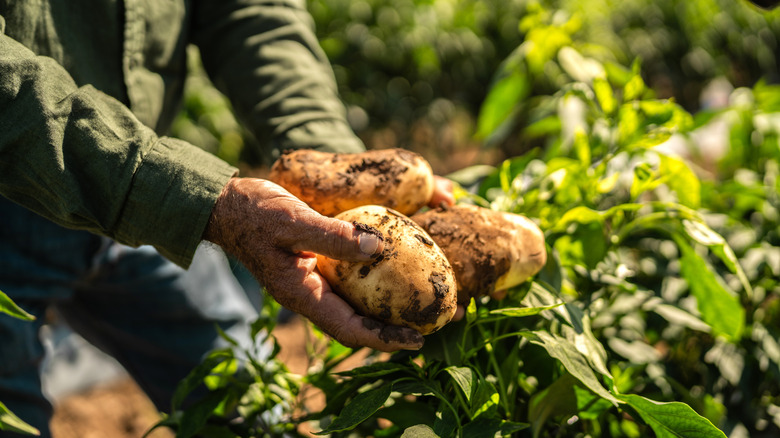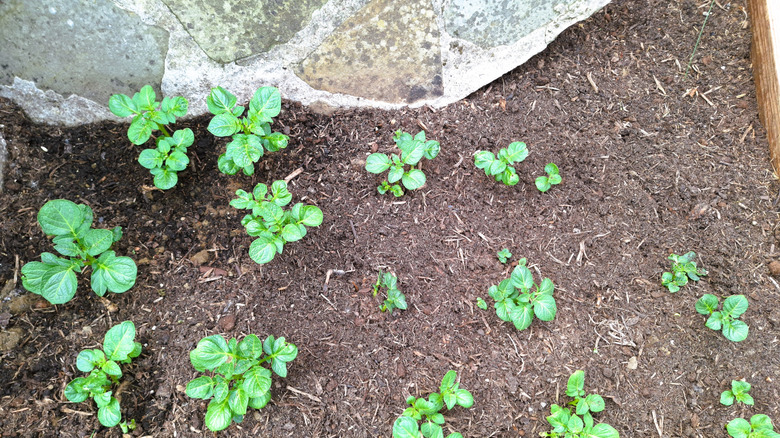When To Plant A Second Crop Of Seed Potatoes In Summer
There are some plants that do well with a second crop, including the humble potato. Planting a second crop of seed potatoes is a great way to extend the growing season and possibly double your yield for the year. Potatoes are typically planted two to three weeks before the last frost, but you can get a good second crop by planting seed potatoes in the summer, around late June to early August. However, the specific time will come down to where you live.
The first crucial step is to time your planting to ensure harvest before the first frost. This should be about 90 days before the frost in your area. Potato plants can typically endure a bit of frost, but not for extended periods. Another consideration is that second crop potatoes enjoy cooler night temps, but they still need plenty of sun and consistent moisture. For hot regions, you can avoid drying out the soil or overwatering by using a shade cloth. Similarly, mulch can help cool the soil and conserve moisture.
Tips for a successful second crop
The success of your second seed potatoes will depend on the quality of your soil and on carefully selecting your seed potatoes. Start by choosing the right second crop potatoes — ideally, these will be potatoes labeled for fall and late summer growth. 'Nicola,' 'Charlotte,' and 'Maris Peer' potatoes are good options. If you regrow potatoes from your spring harvest, ensure they've been properly stored in a cool, humid place. Sort out diseased potatoes before storing. Properly stored seed potatoes should keep for several months.
Soil quality is also important. To prep your soil for successful planting, you might consider crop rotation and find a new spot for the second crop to reduce disease and pest risks. Since you'll be planting later in the growing season, ensure the plants are placed in a spot where there is ample sunlight. If you prefer to use the same gardening area, the soil might be missing certain nutrients after the first crop. Use a quality fertilizer to feed nutrients back into the soil.
If you're in a region where temperatures are relatively high in the summer, hilling potatoes can help ensure a bountiful harvest and prevent the potatoes and roots from getting sun damage. To get ahead of the frost and give the potatoes a head start, some gardeners try "chitting" (pre-sprouting) the potatoes indoors before planting. As fall approaches, monitor for frost and be ready to harvest quickly or cover your plants to protect them.

